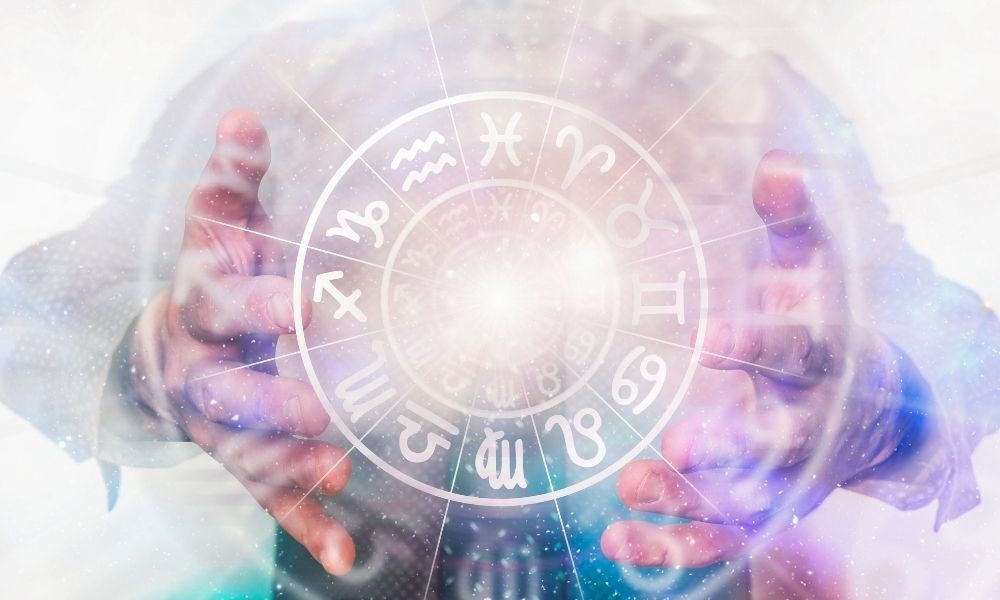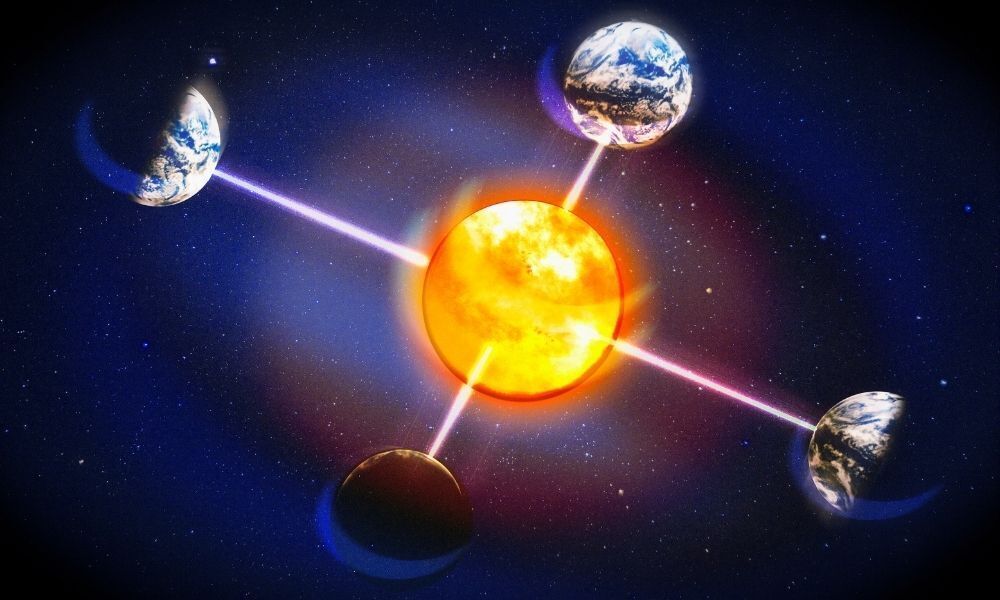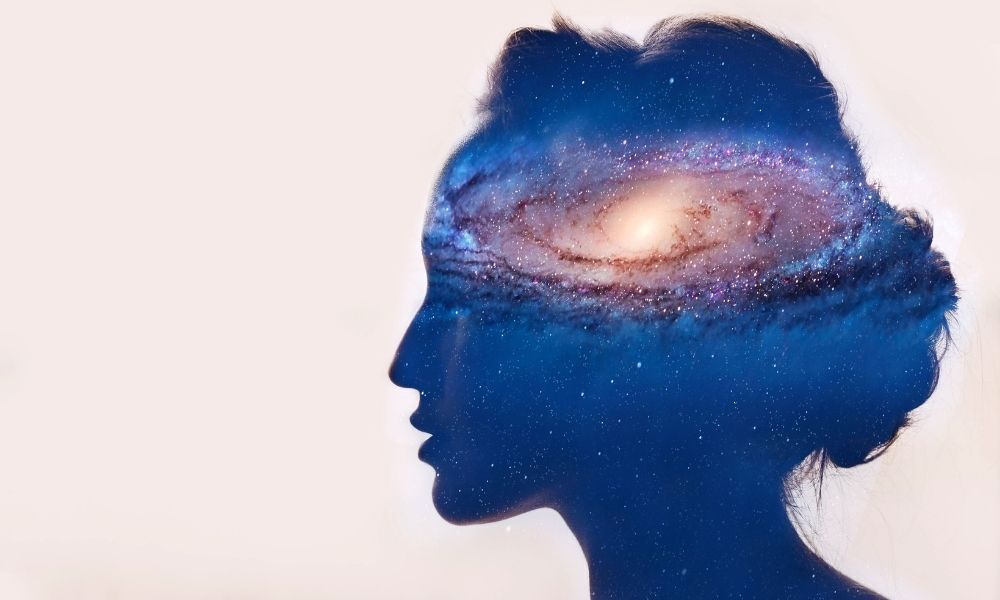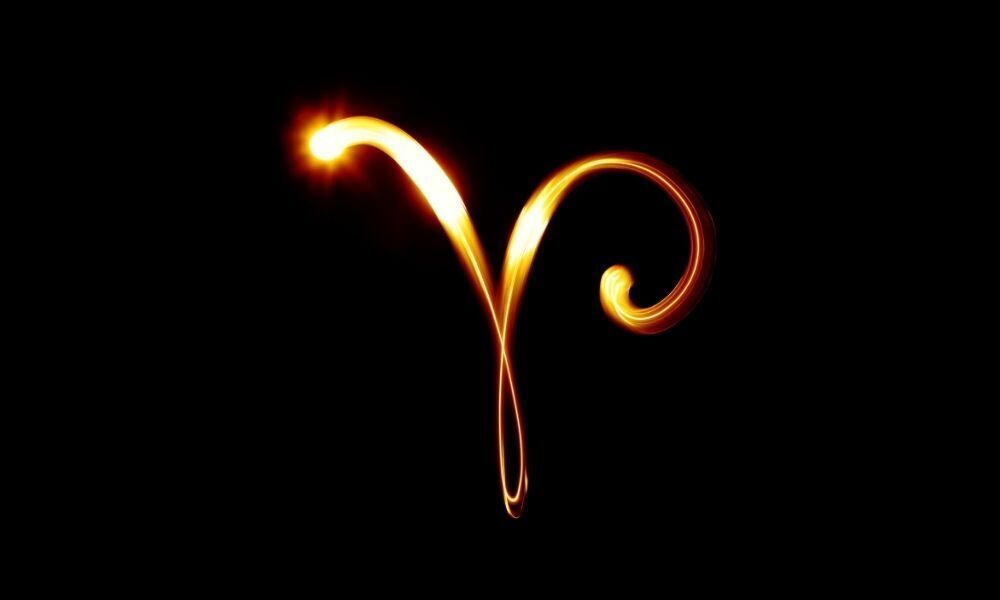Table of contents
General considerations about the Astrological New Year

The Western year begins on January 1st, but the Astrological New Year begins when the Sun arrives in the sign of Aries, the first sign of the zodiacal belt. Therefore, it begins in mid-March, when those born have the star in the sign of Fire. In the same way, socially, the Astrological New Year corresponds to a new cycle.
The difference is that, in the case of astrology, the beginning of a new year always carries with it the intense and impulsive energy of Aries. From there, the Sun continues its journey in each of the 12 signs, for the same period that it remains in them. It is the fulfillment of a complete cycle, which passes through different energies.
The particularities of the sky at the time of the Astrological New Year also influence what will be felt by people. In the article, learn more about it and its impacts!
Astrological New Year, equinoxes and solstices

The Astrological New Year is a rich opportunity for growth and change. In practice, it is the end of a complete journey of the Sun through the zodiac constellations and its new beginning, which can be perceived by the energetic change. After all, each sign carries an energy and, at each equinox and solstice, one of them receives the passage of the Sun. Learn more in the following sequence!
What is the Astrological New Year
The Astrological New Year represents the arrival of the Sun in the constellation of Aries, the first sign of the zodiac. This means that yet another complete cycle around the entire zodiac has been completed, and a new one has begun. In addition, the Astrological New Year is the time when the rulership of the corresponding planet for each year comes into effect, such as Venus in 2021 and Mercury in 2022.
Similarly, there are influences for each of the 12 signs, which correspond to unique combinations between their element and polarity. The position of each planet is also relevant, especially for those which are in their sign of domicile. Thus, each year, there are singularities which can be best used in actions and mantras, for example.
When the Astrological New Year happens
The starting date of the Astrological New Year varies from one year to another, according to the particularities of the Solar System, occurring between March 20 and 23. In the Southern Hemisphere, the event coincides with the spring equinox, bringing with it an even more comprehensive sense of renewal.
Thus, it is an excellent opportunity to do a detox, light candles, practice meditations or thematic yoga classes and make lists with the new goals. Establishing the intentions is the best way to enhance the energy of the moment, since it helps to visualize their realization throughout the process. Making a list of what no longer serves and burn or bury is another step for this momentdecisive.
How the Astrological New Year works
Astrologically, the beginning of a new year does not happen according to the Gregorian-based calendars used in most of the world. For this calendar, the movement of the stars has no relevance, so the dates are fixed. The Astrological New Year takes into account the arrival of the Sun in the constellation of Aries, occurring in March, with variable dates and other influences.
The scale of months in pagan cultures
In ancient times, when the Roman calendar was created, there were only ten months. Being polytheistic, the culture of the society was considered pagan, due to the absence of baptism, and some months were named in honor of the gods. September, October, November and December constituted the last four months of the year, receiving names according to their position in the sequence of months.
The Roman calendar, however, was short because it did not consider the winter period at the beginning of the year. Later, with the inclusion of two additional months, the others came to occupy advanced positions in the 12-month calendar.
The equinoxes
The equinoxes are two moments of the year when day and night have exactly the same length. For this to happen, neither of the poles of the Earth can be tilted, which configures the same intensity of light in both hemispheres. The equinoxes are the dates on which autumn and spring begin, in March and September, respectively, in the Southern Hemisphere.
The autumn equinox, in countries like Brazil, marks the beginning of the Astrological New Year and the Sun's entry into the sign of Aries. In addition, they are inflection opportunities for Astrology. The equinoxes are considered decisive moments for people.
The solstices
The solstices are events that occur twice each year, to mark the beginning of winter and summer. In practice, what is perceived is the occurrence of the shortest and longest day of the year in the Southern Hemisphere, respectively in June and December. The solstice happens by the tilt of the Earth's axis, which interferes with the incidence of sunlight on the earth's surface.
Like the equinoxes, the solstices occur when the Sun reaches two of the signs of the cardinal axis. Astrologically, connecting individuals with the natural movement of the cosmos provides a rich opportunity for reflection and awareness, ideal for setting new goals.
Cardinal signs and the cardinal axis
The cardinal axis corresponds to the four signs that have the cardinal modality. Its essence is represented by the potential of movement and, above all, by the power emanated by them. The first cardinal sign is Aries, which symbolizes the human capacity of ample realization from individual initiative, often transmuted into impulse for actions that follow their own instincts.
Next comes Cancer, which connects to the depth of the human psyche and the power it conveys. Then, Libra combines the strength of the cardinal mode with an interest in exchange and the collective, providing shared experiences. Finally, the 10th sign of the zodiac, Capricorn, closes the cardinal axis with the solidity of hard work that becomes power.
The cardinal signs are also the ones that, according to the calendar, begin their cycle together with the seasons of the year. Therefore, Aries is the first sign of the zodiac, the starting point of the Astrological New Year, and brings with it the beginning of spring in the Northern Hemisphere and autumn in the Southern Hemisphere.
Spring equinox, summer solstice and related celebrations

On four dates in the year, the events of equinoxes and solstices occur in both hemispheres. Each represents the beginning of one of the seasons, calling for a more personal connection of individuals with the prevailing energies. The dates also call upon the cardinal signs, those who have a constant desire for movement. Read on and learn more about the subject!
Spring Equinox in the Northern Hemisphere (Autumn in the Southern Hemisphere)
The spring equinox in the Northern Hemisphere occurs in March, when autumn begins in the southern hemisphere. Likewise, in September, the equinox of the opposite season occurs - autumn in the Northern Hemisphere and spring in the Southern Hemisphere. On both dates, sunlight on the globe is distributed equally, and these are their transitional seasons, marked by oscillations.
Thus, the symbolism present in its traditional celebrations is the opportunity to honor fertility and harmony. Flowers are highlighted due to the essence of the season.
Summer Solstice in the Northern Hemisphere (Winter in the Southern Hemisphere)
The summer solstice in the Northern Hemisphere corresponds to the arrival of winter in the Southern Hemisphere. This occurs in December and, for the opposite season, in June. Here, the Sun enters two opposite signs, Cancer and Capricorn, and reinforces the value of care and work.
For Astrology, the solstices call for activities that bring more energy balance to start a new cycle. Thus, its celebration concerns the longest day of the year and emerged in the times when nature governed human actions. The summer solstice symbolizes the Earth's ability to be reborn.
The ancestral celebration of the spring equinox
Since the beginning of time, spring has been a season of the year celebrated by different cultures. After all, it is a period that brings inspiration and more value to life, being the time of year related to awakening. Ancient celebrations honored the fertility of nature, in honor of prosperity. For ancient peoples, the changes occurring throughout the year were always connected to natural events.
The energy and characteristics of the Astrological New Year
The energy of the whole Astrological New Year is that of new beginnings. Therefore, it is the time to start a new cycle, without carrying worries and experiences that have already fulfilled their role. In addition, the Astrological New Year also has the influences of the ruling planet of the year that is beginning and the movement of the stars in the sky, being an astrological event of great importance.
The Celts and their relationship with the spring equinox

The Celts were a group of Indo-European peoples divided into groups in the Iberian Peninsula and the British Isles. Their beliefs had a strong connection with the forces of nature, involving sacrifices and the use of materials for the construction of objects. Below, learn how the Rite of Ostara worked and its importance for the period of the arrival of spring, fundamental to the Celts!
The Ostara Rite
The Rite of Ostara, for Celtic culture, is synonymous with the arrival of spring in the Southern Hemisphere. Therefore, on the date of the equinox, in September, comes the moment of a new cycle, with longer days and higher temperatures. The celebration of the goddess Ostara, a symbol of fertility in Celtic mythology, refers to a new flow of energy and the idea of freedom.
The ritual places side by side the god and the goddess, representatives of the Sun and the Moon. The Rite of Ostara comprises offerings of bread and cakes, paintings of eggs that are placed on an altar and the placement of flowers in sacred spaces. The event symbolizes the rebirth of nature after winter and the power of renewal. Thus, its realization focuses on gratitude.
It marks a moment of renewal
Above all, the Rite of Ostara emanates the energy of renewal. When thinking of the seasons of the year, spring is the opportunity to open up to the blessings that arrive after a period of recollection, winter. The Celts took advantage of the strength of a new cycle and potentiated it in the ritual, which opened space for the arrival of the new. Therefore, it is a ritual that calls for consciousness and gratitude.
Unity and equality through ritual
Representing the meeting of the god and the goddess, placing them in equal importance, is part of the Rite of Ostara. The symbolism of this detail draws attention and concerns the contrasting forces in nature, which work in balance. Therefore, it is precisely this harmony that contributes to the fertility and prosperity sought by Celtic groups.
The symbols present in the Rite of Ostara
The symbols of the Ostara ritual are milk, flowers, eggs and the hare. Representing sacred power, they are also the reference elements for nutrition and fertility, and the main values conveyed by the end of winter. In addition, they are symbols of what is necessary for the development of life, a theme of strong connection with the goddess Ostara.
The other sacred rituals of the Celts
For the Celts, the rituals performed during the year strengthen the link with different energies. They are: Witches' Night (Samhain), Summer Solstice (Litha), Night of Fire (Imbolc), Autumn Equinox (Mabon), Rite of Love (Beltane), Winter Solstice (Yule), Rite of Harvest and Prosperity (Lammas) and the Rite of Ostara, of the Spring Equinox.
Ways to harness the energy of the Astrological New Year

Every beginning carries with it an invigorating energy, which has great potential to make wishes come true. In addition, starting cycles asks for some specific measures, in order to renew the vibrations and move forward, taking advantage of their benefits. Below, check out how to expand the strength of the Astrological New Year and make it a positive period in your year!
Perform a major cleanup
The first step to take advantage of the energy of the Astrological New Year is to perform an energetic cleansing, ideal for any type of renewal. For this, it is necessary to let go of dense feelings that no longer make sense to the being. A bath with special ingredients is a good way to promote the indicated cleansing, in order to prepare to receive the blessings of the New Year.
Spend some time outdoors
Being outdoors is always a good option for those who want to center themselves and connect to higher energies. So, right before the Astrological New Year, try to be in open places, preferably where there is earth and running water. Practicing grounding and allowing the flow of water energy helps in the purification of the individual, during this period.
Reassess your goals
If the Astrological New Year symbolizes the beginning of a new cycle, it is good to invest some time to evaluate which objectives still make sense for you. Each stage that ends leaves behind energies, feelings and desires and, to make the most of the impulse related to the sign of Aries in the Astrological New Year, re-evaluating goals is essential in this period.
How does the Aries energy influence the Astrological New Year?

If the Astrological New Year represents the entire path of the Sun along the zodiacal belt and begins in Aries, it can be understood that each sign has its period of influence. The first sign is of cardinal mode and brings with it the element of Fire, in a unique combination of energy, drive and propensity for activity and movement.
So, each sign of the zodiac has a unique composition when it comes to element and mode. Thus, the beginning of the Astrological New Year in Aries brings the flame of renewal to humanity. The vitality for new beginnings is the focal point of the time of year when the influence of the sign stands out. As the Sun advances in its path, the predominant energy changes.
So, even for those who have difficulty with change, the Astrological New Year represents the moment to act and take control of situations. How about taking advantage of the Aryan intensity in your favor?

